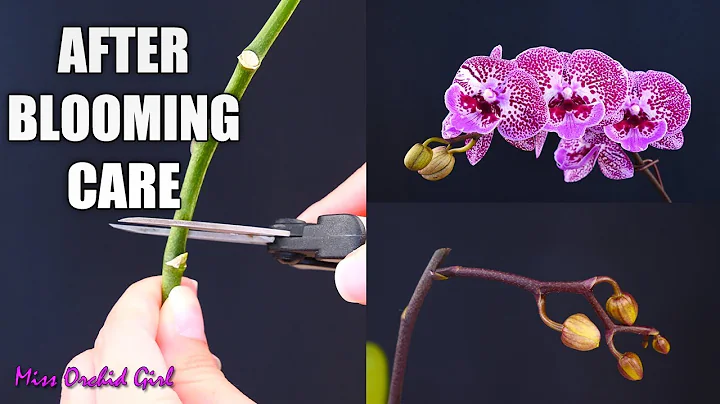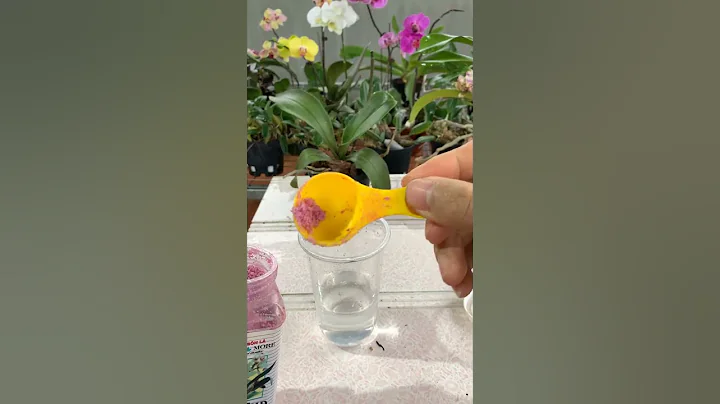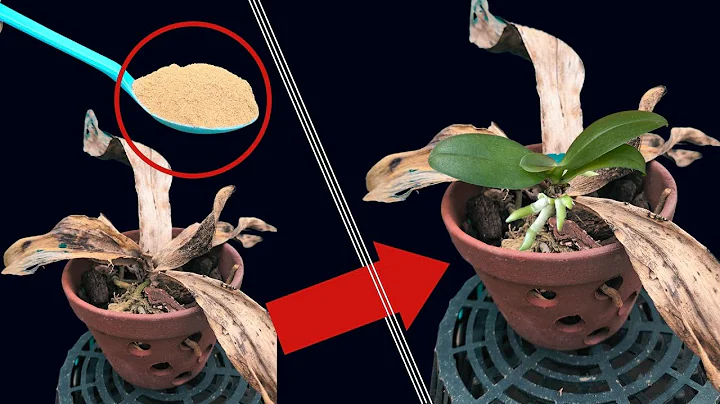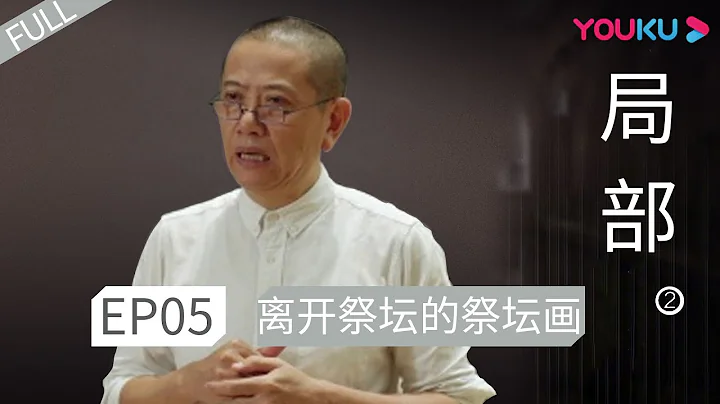" The graceful flowers are long and green, and the wind can hardly hide the fragrance in the valley." is a praise to orchids. Orchids grow in deep valleys, and their fragrance floats far away. In the hearts of Chinese people, it is a symbol of nobility and perseverance. Therefore, it is also known as the "gentleman among flowers". This quiet and elegant temperament has naturally captured the hearts of many flower friends.

Although orchids have an elegant temperament, they are not easy to maintain. If you are a novice florist, you will most likely fail when growing orchids in the early stage. In fact, there are still lessons to be learned from orchid cultivation. For example, if the orchid leaves suddenly turn yellow, it is actually releasing " "Distress signal", don't take it seriously;

Distress signal one: the leaf tips turn yellow
"Orchids grow in deep mountains, and they exhale a fragrant fragrance." From ancient texts, we can know that orchids originally grew in deep mountains and old forests. One of the characteristics of old forests in deep mountains is that the light is relatively dark and the humidity is relatively high. Therefore, if you see the tips of orchid leaves turning yellow and scorched, it proves that the sun exposure time is too long, or the humidity of the growing environment is too high;

[Semi-shade maintenance]
Understanding the reasons why orchids leaf tips turn yellow, we can start from this perspective and determine the treatment method. Generally speaking, for orchids maintained at home, it is best not to place them facing south. Choose to face north, or place them facing south. Place it indoors, etc., and ensure 3-5 hours of astigmatism sunlight every day, so that the orchids can perform photosynthesis normally;

even some orchids will also have a small bamboo curtain drawn around them. , In the early morning when the sunlight intensity is not very high, let the orchids be exposed to the sun normally. At about eleven o'clock, when the sunlight intensity becomes high, open the small bamboo curtain, and the sparse sunlight can shine through the gaps in the bamboo curtain. Come in, weaken the intensity of sunlight, and allow orchids to photosynthesize normally;

[Increase humidity]
If you want to increase the humidity of the growing environment, the method is even simpler, just sprinkle water around directly. Of course, you should pay attention to the time period when watering. It is better to sprinkle water in the early morning or at night. At this time, the temperature is not very high, the water transpiration rate will not be too fast, and the orchid leaves will absorb water vapor more efficiently;

Of course, if you feel that frequent watering is too inconvenient, you can plant orchids in pots When the time comes, just choose a tall pot, then put a tray at the bottom of the flower pot, and then pour water into the tray. The water will naturally evaporate, and it will not accumulate water and rot the roots. It can even induce the roots of the orchid to grow downward to absorb water. .

Distress signal two: New leaves turn yellow
During the growth process of orchids, due to the metabolism of , some old leaves will begin to turn yellow. If this is the case, we don’t have to worry, just prune off these old yellow leaves. However, if you see that the new leaves are starting to turn yellow, you should pay attention to whether there is a problem with the soil, especially whether the root system is rotten; The large white roots of orchids are different from other plants. The roots of orchids are generally crystal radish-shaped, relatively thick and large. Once these roots rot, they will cause fatal damage to the orchids. Therefore, the soil must be ventilated to avoid root rot. ;

If you want to judge whether the root system is rotten, you can peel off the surface soil and look at the reed heads and surface roots to see if there are any signs of blackening. If there are no problems in these locations, it proves that they can still be rescued and continue to judge the soil. If the inside of the orchid is still wet and there is no sign of drying out for 2 or 3 days, it proves that the internal soil has accumulated water and the water cannot penetrate;

In this case, it is best to repot the orchid. First use the cold air mode of a hair dryer to dry all the pot soil, then turn it upside down to separate the pot soil and check the health of the root system. If there are any blackened parts, just trim them off, then air dry, reconfigure the soil, and use leaf humus soil is added with gold and stone, and is mixed according to the ratio of 6:4. When watering later, be sure to water it thoroughly, and the chance of root rot will be greatly reduced;

Distress signal three: yellowing of leaves
Of course, the orchid's Sometimes the leaves do not turn yellow on a large scale, and individual leaves turn a little yellow, with some green included in the yellow. In this case, it is usually because the soil has been neutralized or alkalized. As mentioned before, when mixing the soil, It is best to choose humus soil such as humus soil, also to allow the roots to absorb nutrients normally;

because orchids like humus soil, and in humus soil, a large number of trace elements, especially iron, can The free form of ensures that the soil is in a slightly acidic state and that various trace elements can be absorbed by orchids normally. During normal watering or fertilizing, the pH value of the soil will always be indirectly changed;

Therefore, after a period of time between , the final It is best to water the orchids once with ferrous sulfate solution . The method of use is also very simple. According to the instructions, dilute the ferrous sulfate according to the proportion. Then when watering, thoroughly irrigate the orchid roots, and you can adjust the pH value of the soil. The soil is always in a slightly acidic state to ensure the absorption of nutrients by the orchid roots.

Summary: The sudden yellowing of orchid leaves is actually releasing a "distress signal." According to the above three conditions, choosing the appropriate method and prescribing the right medicine can restore the orchid to normal. Don't take it seriously.
(original article, some pictures are from the Internet, please contact if there is any infringement. If you like it, please help to forward it)
▼Long press and like at the end of the article, and you will get 3 consecutive links















![🟡[MULTI SUB]【冰封末日重生建造安全屋】FULL上一世他被推出門外凍死,重生歸來建造安全屋......#shortdrama #President #full #multisub - DayDayNews](https://i.ytimg.com/vi/868PwDIJ7pg/hq720.jpg?sqp=-oaymwEcCNAFEJQDSFXyq4qpAw4IARUAAIhCGAFwAcABBg==&rs=AOn4CLAqZxYgb3ybkN3iPa8peWc9pZ_pcA)





